Royal Enfield Himalayan review, road test
Royal Enfield claims that the Himalayan is rugged, long legged and a daily runabout, all in one package. We find out if it delivers on the promise.
Published on May 20, 2016 10:49:00 AM
36,232 Views
Follow us on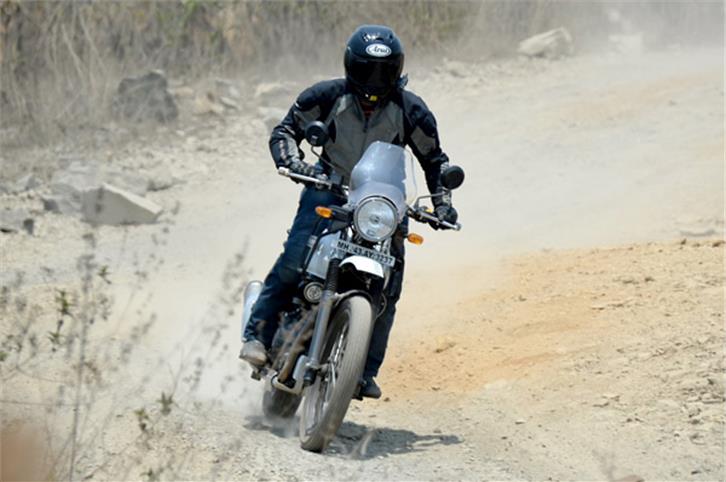
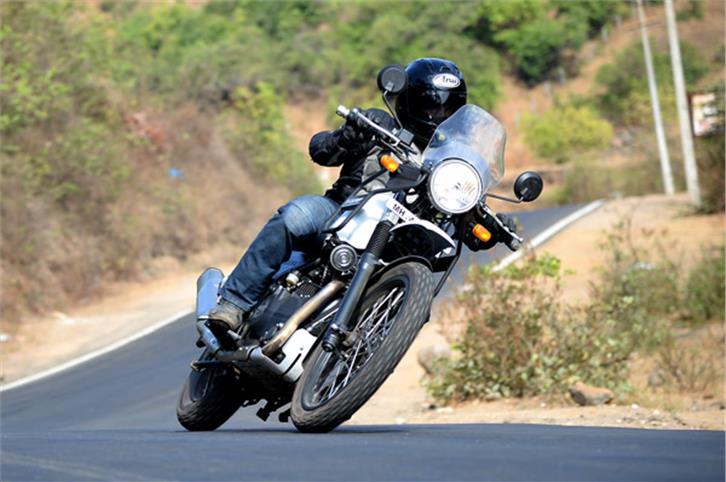
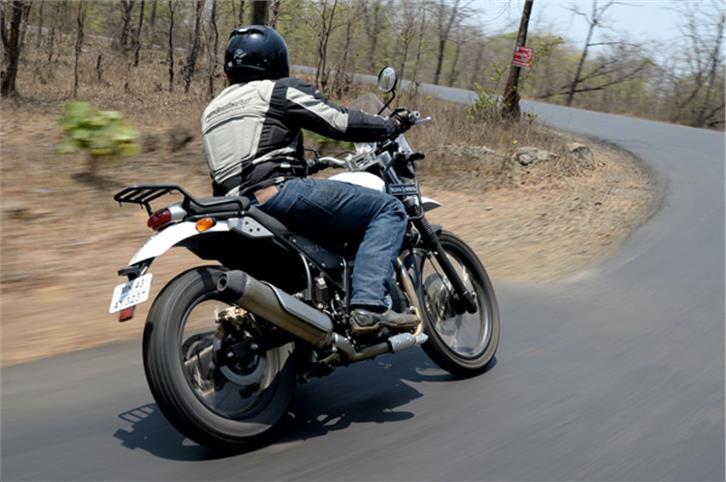
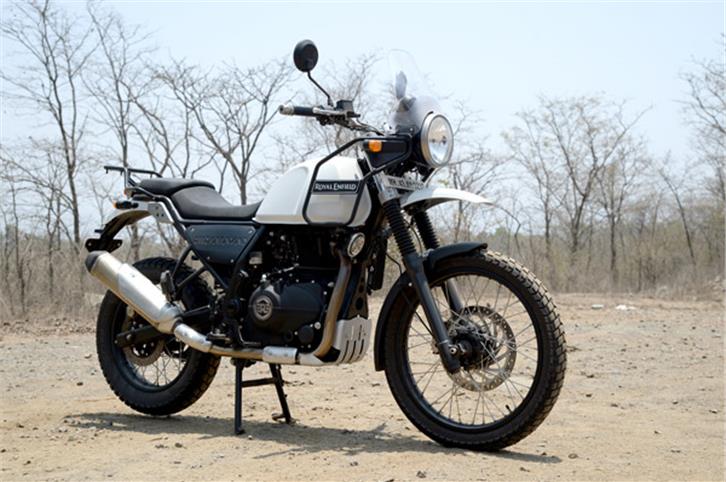
When it comes to handling, Royal Enfield has delivered bikes that are capable, though not exemplary. With the Himalayan, Royal Enfield takes the game to the next level. Harris Performance, the creators of the dual cradle frame for the Continental GT, now a part of the RE family, were tasked with creating this chassis as well. The half-duplex split cradle frame and the long travel suspension come together to create magic. Its on-road manners are truly exceptional, whether you’re riding through bumper-to-bumper city traffic, out on the open highway or carving some corners through the twisties.
The large, 21-inch front wheel affords the bike massive amounts of stability in a straight line, though this means that getting the Himalayan to change direction quickly at speed exceeding 80kph takes a bit of effort at the handlebars. Thankfully, the handlebars are wide enough to provide plenty of leverage. This means it can just cruise down the highway feeling absolutely rock solid, with no worries of anything upsetting the bike. This stability is also a boon in the corners. Granted that quickly steering from one corner to the next requires the rider to work the 'bars, but once steered into a turn, the bike stays absolutely planted and gives you oodles of confidence to carry ridiculous lean angles. And it can do this despite the fact that it’s running off-road biased Ceat tyres (90/90 at the front and 120/90 at the rear) – their grip on the road is just shockingly high! When you slow things down, there’s also generous amounts of steering lock to make the task of manoeuvring through traffic and other tight spaces an absolute breeze.
As impressive as the on-road manners are, the Himalayan has also been engineered with some off-roading in mind, as evidenced by its 220mm ground clearance and long-travel suspension. The fat 41mm conventional front forks provide 200mm of travel while the linked monoshock affords the rear 180mm of travel. It’s not just the sheer suspension travel that’s impressive, but also the way it’s been set up. Ride quality at slow speeds does feel a tad on the firmer side, but the suspension’s ability to soak up almost any sized bumps and potholes that the roads can throw at it, is nothing short of remarkable. It’s this ability to unflinchingly take big hits that makes the Himalayan great to ride off the beaten path as well. Even standing on the pegs while riding over rough terrain is no problem at all, thanks to the wide part of the frame right over the pegs providing plenty of area to lock on to with you calves. While it has the surefootedness of a mountain goat when it comes to tackling the rough stuff, the bike’s ample 182kg kerb weight can sometimes throw a damp cloth on the festivities. Tossing it around willy-nilly in the dirt requires a methodical approach when carving the right path through the loose stuff.
With all its abilities, one aspect of the Himalayan that didn’t meet expectations was braking. The front brake, with its 300mm disc and twin-pot calipers, felt sorely lacking in feel at the lever. While there was adequate bite for the most part, the inconsistent feel was compounded by the fact that the lever pull was a lot harder than expected. This certainly has a tendency of leaving your right forearm strained after some continuous heavy braking. And it is a major hindrance when braking off the road, as it becomes rather difficult to predict exactly when the front will lock up. On the other hand, the rear 240mm disc brake provides solid braking when on tarmac, but feels a little too sharp when off-roading. There’s no ABS to speak of, even as an option, but it’s a feature that’s missed more on the dirt than on the road.
One minor annoyance when riding off-road was the main stand. This stand actually robs some of the Himalayan’s ground clearance and has a habit of clanging on bigger rocks or snagging on dirt mounds. It’s something that needs to be removed before taking on any serious off-tarmac excursions.
Copyright (c) Autocar India. All rights reserved.


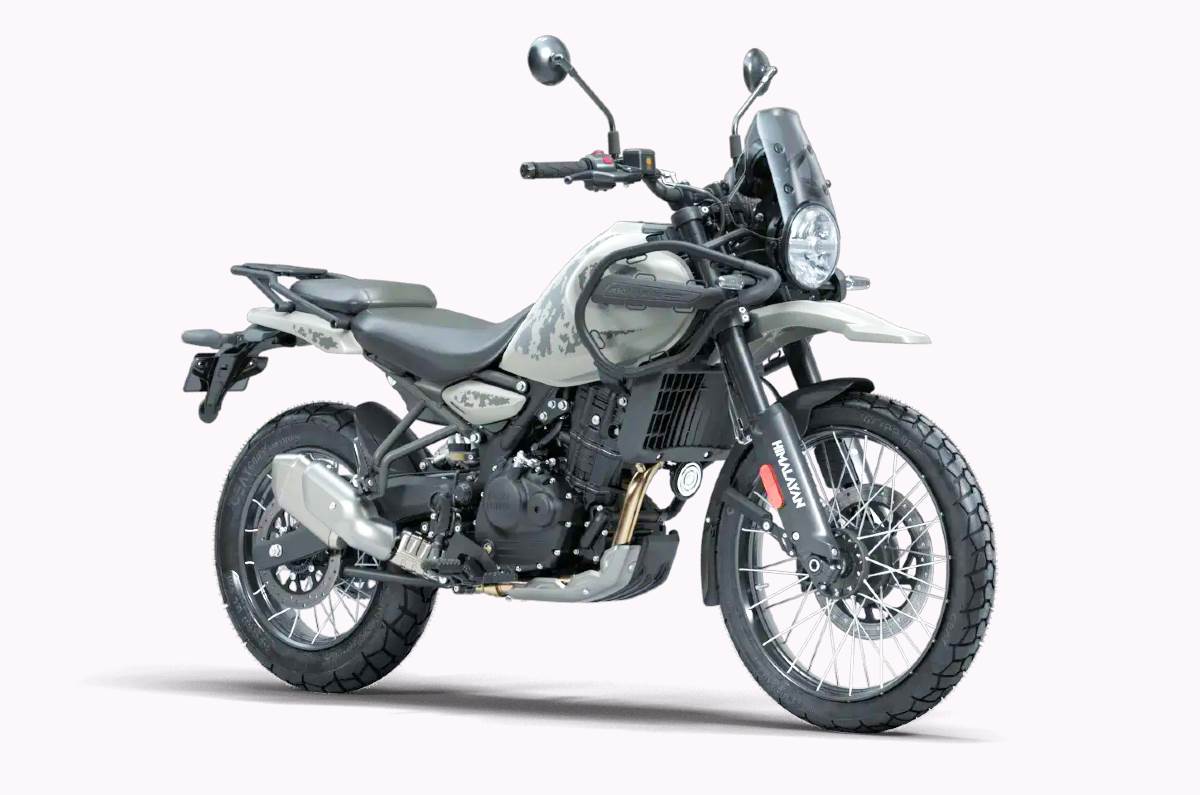




Comments
Member Login
Personal Details
No comments yet. Be the first to comment.